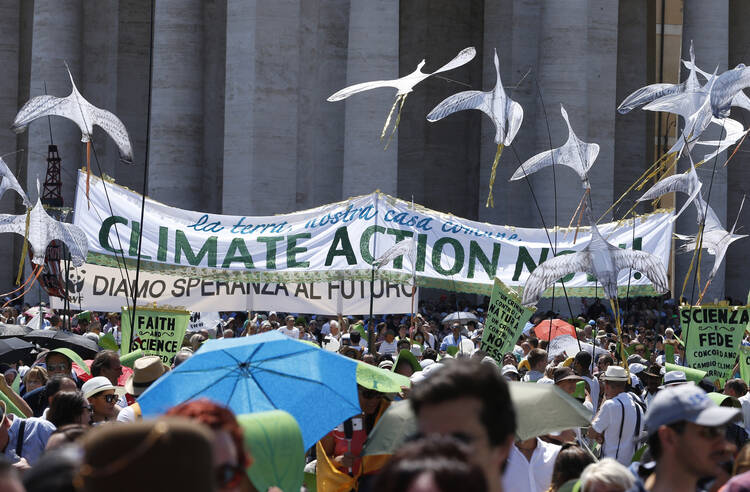Deal-Breakers in Congress
The longest-serving Jewish member of the House of Representatives, Sander Levin, Democrat of Michigan. on July 28 threw his support behind the Obama administration’s nuclear accord with Iran. That should be enough to give the Iran deal a chance to get through the Washington gantlet. With other negotiation partners hopeful now that a workable plan on Iranian nuclear enrichment has been reached, a repudiation of the accord in Congress would confirm the United States as the unreasonable aggressor in the stand-off with Iran, and with good reason.
While some in Congress are legitimately skeptical of the deal, many more did not even bother to read it before attacking it, picking up a well-worn script and knuckling under to pressure from lobbyists who refuse to acknowledge the net positives the deal offers both the United States and its ally Israel. Many of those in Congress and the U.S. media who would kill the Iran accord are the same people who glibly supported the ruinous intervention in Iraq. Now they seem all too willing to block a diplomatic course that offers some hope for long-term peace and improved security in the region.
Those who are eager to break the Iran deal should answer one simple question: What is the alternative? There is no “better deal” on any reasonable horizon. Their Plan B would steer the country back onto a course that would almost inevitably lead to yet another disastrous war in the Middle East. As the U.S. bishops have frequently urged, this deal, and the peaceful path of diplomacy and dialogue that has led to it, should be given a chance to work.
Killer Robots
As the people in the troubled tribal regions of Pakistan and other Middle Eastern hotspots grow accustomed to the steady hum of American drones, the next generation of remote weaponry is visible just over the horizon. And those who understand this technology are worried. On July 27, Stephen Hawking, Elon Musk and over 1,000 experts on artificial intelligence called for a pre-emptive international ban on fully autonomous lethal weapons, warning that the deployment of such systems “is feasible within years, not decades.”
A directive issued by the U.S. Department of Defense in 2012 bans for up to 10 years the use of weapons that select targets without direct human control. In certain circumstances, however, high-level Pentagon officials can waive the moratorium, and the guidelines do not apply to the Central Intelligence Agency. Human Rights Watch called the policy a positive step, but called on the United States to embrace a “permanent, comprehensive ban“ as we work toward a legally binding global convention against fully autonomous weapons.
If preventing a nuclear Iran seems a herculean task, stemming the proliferation of “killer robots”—easier to replicate and harder to monitor than uranium enrichment—will be all but impossible. Further, as Archbishop Silvano Tomasi, the Holy See’s permanent observer to the United Nations, said in an address on the topic, “The encounter with the face of another is one of the fundamental experiences that awaken moral consciousness and responsibility.” By putting ever greater psychic and physical distance between the two sides, these weapons create the illusion of surgical warfare while dehumanizing killer and victim alike.
Climate Talk in 2016
On August 3, President Obama announced a new Clean Power Plan, aiming to reduce the United States’ carbon dioxide emissions by 32 percent by 2030. Responses to climate change are also shaping up to become a key issue in the 2016 elections, as Democratic candidates are arguing over whose clean energy proposals are bold enough to be credible, and Republicans have begun critiquing many of these goals as wrongheaded or unachievable.
Significant reductions in carbon emissions are a worthy goal, and plans to achieve them through cleaner power deserve our consideration and support. It would be a mistake, however, to think that setting goals for the right mix of energy generation 15 years from now is a sufficient response to climate change and the need to “care for our common home,” as Pope Francis puts it in “Laudato Si’.”
A deeper engagement with what this care requires is needed at all levels. Locally, we must prioritize sustainable energy use, even if it costs us more. Archbishop Blase Cupich’s recent commitment for the Archdiocese of Chicago to track its buildings’ environmental impact offers a model that should be widely followed. Nationally, we ought to welcome debates not only about energy policy, but also about what model of growth should be encouraged. Globally, the issue is not just sustainable energy but sustainable development more generally, and a just sharing of responsibility between industrialized and developing economies. Decisions about sustainable energy usage are a fine starting point, but they are not nearly ambitious enough to be the end goal.








